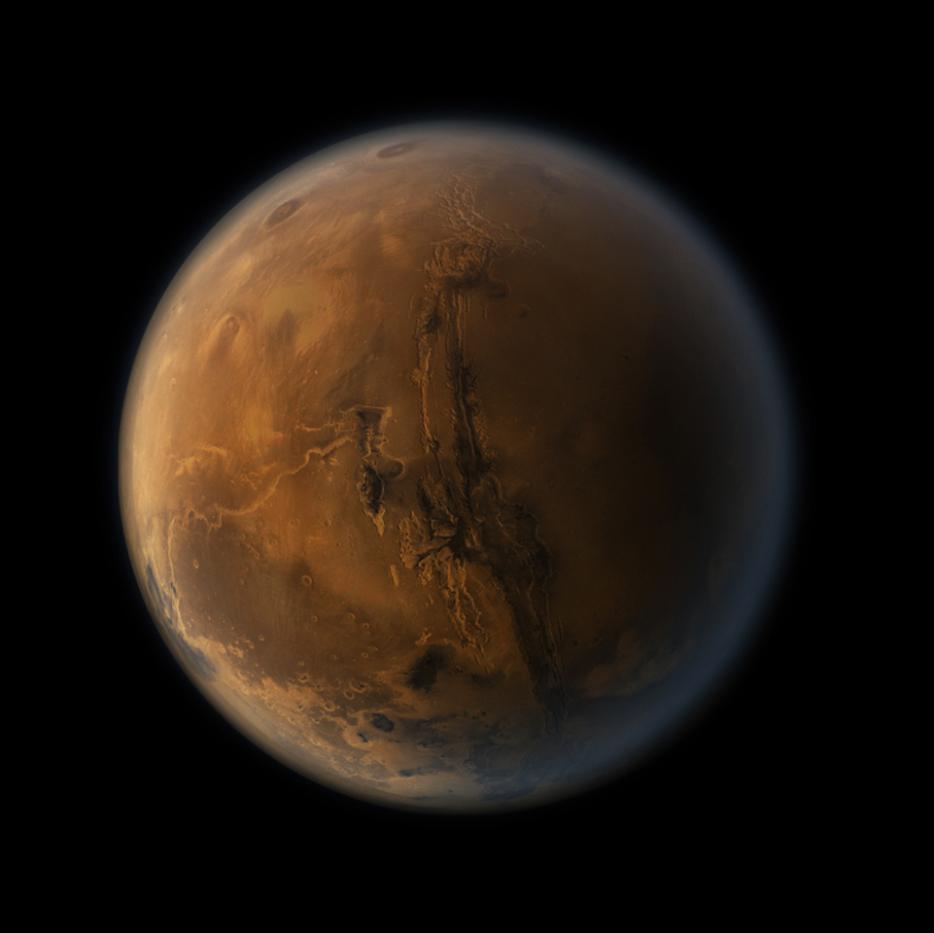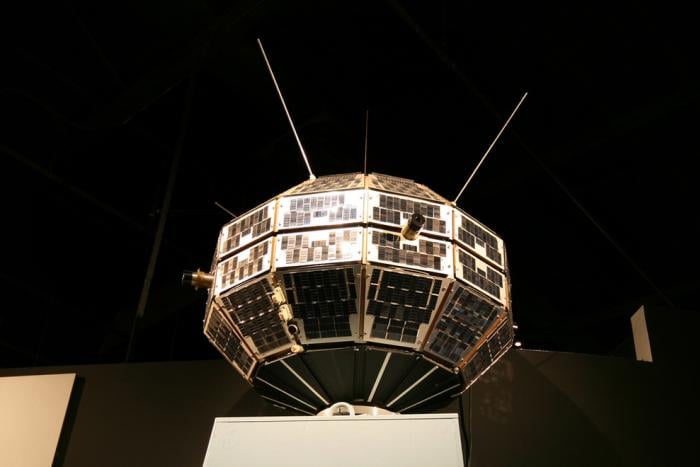This week's guest blogger is Terry Fallis, author of the recently published Up and Down.
As I wrote in yesterday’s post, Canada has a long, even storied history in space. From five decades of satellite successes, to the men and women who have ventured into orbit aboard the shuttle and spent weeks, sometimes months aboard the International Space Station, to the impressive Canadian contributions to the Mars Curiosity Rover now tooling around the surface of a different planet, so far away. We have much to be proud about. We have achieved more in space than most other nations, and are clearly punching above our weight class if you consider our relatively small population. But with the end of the shuttle program, and continuing questions about the future direction of NASA, not to mention its funding cuts, the question looms: What now? Where does Canada go from here?
Marc Garneau has an idea—a good idea, I think. And who better to offer his opinion on the future of Canada’s space efforts than our nation’s first astronaut, with three trips into orbit under his space belt, and the former CEO of the Canadian Space Agency. And as Liberal Member of Parliament, Garneau is no stranger to making public policy.
In short, his vision for the future of Canada in space revolves around the development and execution of an all-Canadian robotic mission to Mars. He believes this would bring countless economic and societal spinoff benefits, not the least of which would be stimulating Canada’s space industry. Given the stubbornly sluggish recovery, we could use the boost. He also proposes that over the next decade, the Canadian Space Agency’s annual budget double from its current level of $425 million. The goal of the robotic mission to Mars? Pure science. “First class science” in the words of our inaugural astronaut.
In a recent Montreal Gazette article, Marc Garneau added this about an all-Canadian Mars mission.
“Canada could do that. It would be a great challenge because we'll need more robotic missions before we send humans. Canada has the capability and this could be really inspiring.”
It’s his final five words that struck a chord with me. Inspiring people isn’t usually a public policy goal. But it seems important to me. Canadians are justly proud of our country. We see this and feel this when our Olympic athletes stand on the podium. We see this and feel this during Remembrance Day ceremonies to honour fallen Canadians. I’ve even felt a wave of nostalgic pride in all the recent coverage of the 40th anniversary of the 1972 Canada-USSR hockey series. While we seem to eschew the chest-thumping, flag-waving über-patriotism often practiced by our neighbours to the south, it doesn’t mean we suffer a shortage of national pride. Our approach may be more restrained, yet it’s no less heartfelt.
This past summer I watched with a mixture of angst, excitement, and terror as the Mars Curiosity Rover made its perilous descent to the surface of the red planet. Here in the Eastern Time Zone, it was well past my bedtime when the rover finally touched down and sent confirmation across the galaxy back to its home planet. But sleep was out of the question. I was so happy for those who had given years of their lives to celebrate that very special moment. I can only imagine how all of us in this country would feel if a rover designed and built by Canadians touched down on Mars. How do you put a value on Canadian pride? GNP does not stand for Gross National Pride. But perhaps we need some measure to capture what it means when the citizens of a country get wrapped up emotionally in a national cause. There may not be an economic model that considers the impact of national pride, but I believe there would be great value to the economy and to society, beyond the good feelings we’d all have.
Mobilizing Canadians around a useful, achievable, and important stretch goal like a robotic mission to mars, would breathe new life and purpose into the Canadian Space Agency, and could do wonders for the country on so many levels.
As Marc Garneau said, “…this could be really inspiring.” He would know.
--
Photo by J.Gabás Esteban






